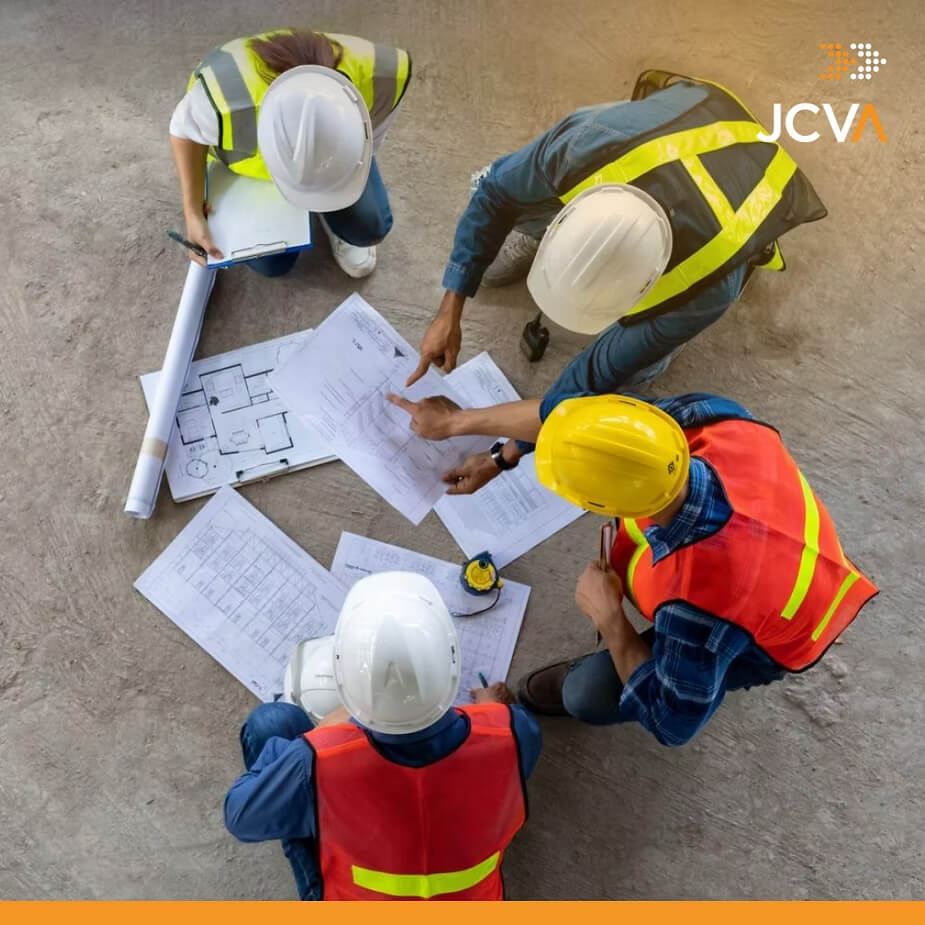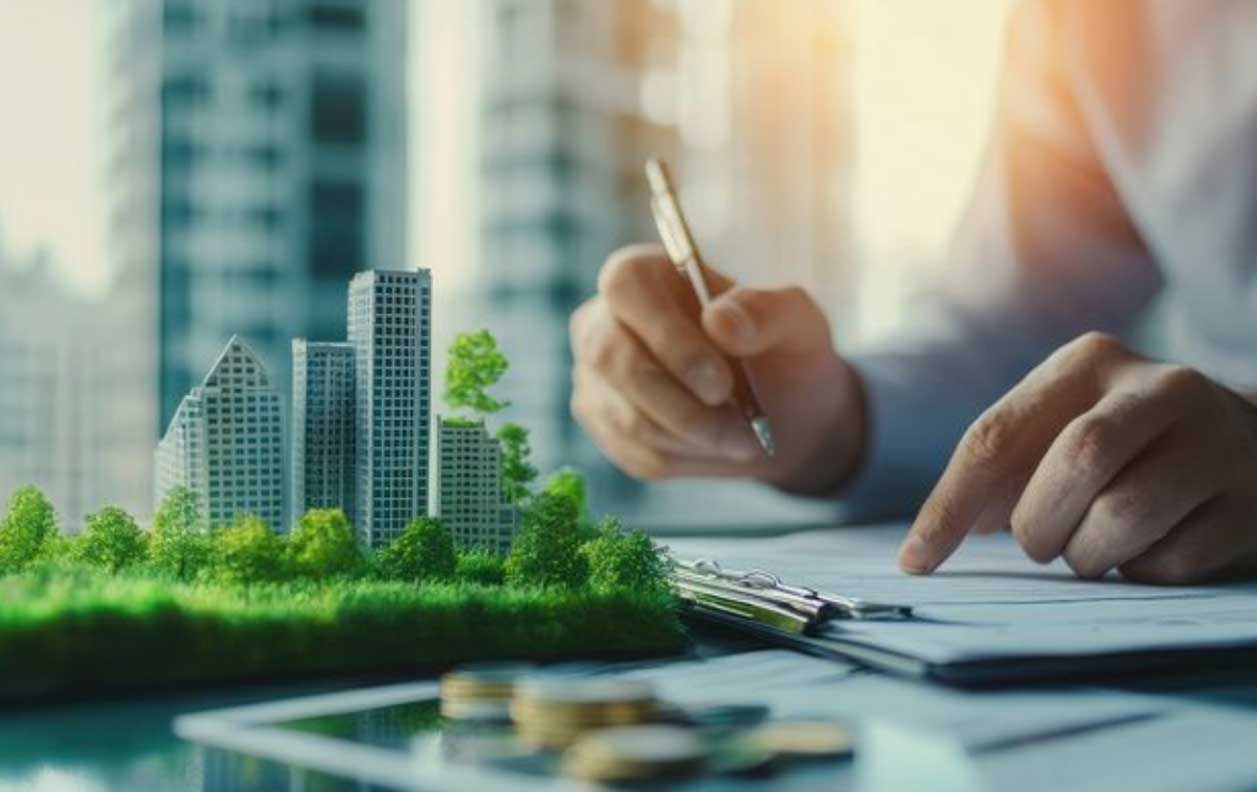
According to the World Risk Index 2022, the Philippines is ranked first among 193 countries regarding vulnerability to natural disasters. This is due to the country’s geographical location, physical environment, and population growth. With this in mind, it’s about time to shed some light on resilient construction and how it can help the Philippine construction industry become more resilient.
Resilient construction is an innovative and strategic approach that champions structural strength and disaster readiness. The importance of resilient building design must be considered, especially in a country like the Philippines, where natural disasters loom. Some strategies implemented by construction management firms collectively contribute to creating buildings that resist damage and swiftly recover and function effectively following adverse events.
Here are some of the best practices construction firms employ to help mitigate the risks brought about by natural disasters.
Picking the right location and proper planning is crucial in designing a solid structure. First, you want to ensure that the soil at the project location is sturdy and safe, so floods or other hazards will not damage it easily. Also, planning and proper coordination are significant so emergency rescuers can easily reach the building if something terrible happens.
These decisions drastically influence the building’s ability to withstand adversity while ensuring the safety of the occupants. Making thoughtful choices about where and how to construct a building further enhances its capacity to endure challenging circumstances.
The building envelope, comprising the roof, walls, windows, and doors, stands as the initial line of defense when facing the brunt of natural disasters. It assumes the role of shielding the structure from the forces of nature, including strong winds, torrential rainfall, and other severe climatic challenges. To create a strong building envelope, choose materials that exhibit durability, weather-resistant properties, and the capacity to withstand wind and other potential impacts from flying debris.
The building envelope serves as the crucial front-line barrier in resisting natural disasters. Thus, thoughtful design and careful material selection must always be emphasized. By meticulously designing and constructing this protective layer, we further enhance the building’s ability to endure and withstand adverse environmental conditions.
How a building is built is essential for how well it can handle challenging situations. Buildings need to be made to stay strong during earthquakes, strong winds, and other natural disasters. To do this, construction consultancy firms in the Philippines must also make sure that every aspect of the building is well-designed. In doing this, the building is provided with a suit of armor to defend against nature’s forces.
Having rules and standards for building construction is essential to ensure they can handle natural disasters. When construction engineering and management firms follow these rules, it lowers the chance of their projects and clients getting severely affected during a disaster. Think of it as a professional safety manual for buildings. They serve as a guide on how to keep every building up to standards and all occupants safe when natural disasters occur. These rules and standards were created to ensure that buildings are always prepared for the worst.
Keeping buildings in good shape through regular maintenance and care is vital to make sure they stay strong and tough. This means regularly checking things like the shell of the building, the mechanical and electrical systems. It’s essential to make sure everything is working as they should. Regular check-ups and proper care ensure that buildings can stay resilient and provide safety and shelter for people using them.
With the unpredictable climate in the Philippines and how the country is situated in a disaster-prone area, it is just right for the construction sector of the Philippines to put an emphasis on resilient construction practices. Marked by its innovative design principles, resilient construction is a commitment to safeguarding lives, protecting assets, and maintaining essential services during and after disasters.
Through strategic practices such as conducting diligent site selection, fortifying the building envelope, having a robust structural design, adhering with building codes, and conducting regular maintenance, construction firms assure their clients that their projects are safe no matter what climate or natural disaster may strike the project area. In the ongoing battle against natural forces, resilient construction is a beacon of hope as it fortifies communities and strengthens our ability to endure an unpredictable future.
Ready to build better and stronger with JCVA? Reach us at technical@jcvassociates.ph or visit www.jcvassociates.ph/construction-project-monitoring to learn more about the best construction management firm in the country.
Source:
We manage risks, build strong stakeholder relationships, and deliver solutions that reflect global best practices, backed by deep local industry knowledge.
If you're looking for a reliable partner to bring your vision to life, JCVA is here to build it with you.

